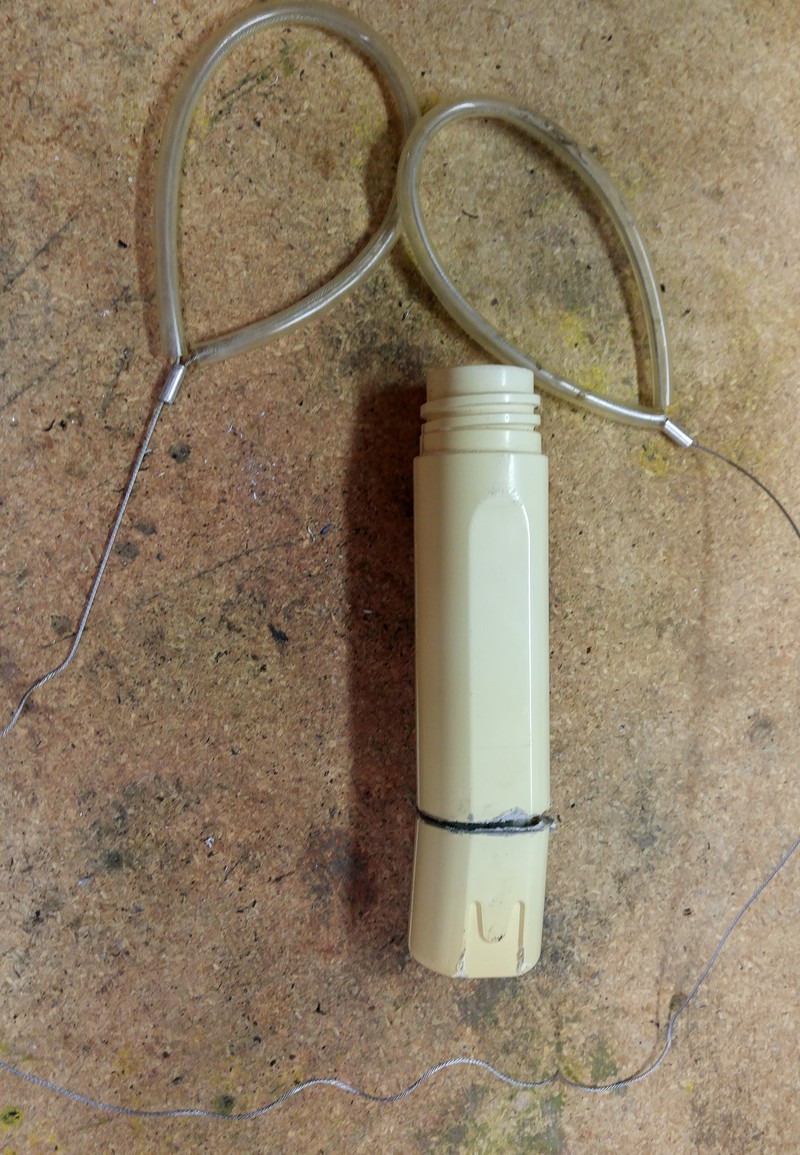 Customizing Windows 7 keyboard and mouse to act like Linux
Customizing Windows 7 keyboard and mouse to act like Linux
Posted by Admin • Thursday, April 13. 2017 • Category: Code and Hacks
After using only Linux for nearly 20 years, I'm being forced to use a Windows machine for work. To make matters worse, I'm really (really) used to Enlightenment shortcuts, yet I use XFCE (Xubuntu). So, I'd like to have a seamless experience if I can help it. This is a log of my experimentation.
Note that I am not talking about a skin - I don't care that much about the looks, and I don't need the Windows desktop to look like Mint or Unity. What I want is for Windows to respond with the same level of fluidity that I get from Linux
Continue reading "Customizing Windows 7 keyboard and mouse to act like Linux"

